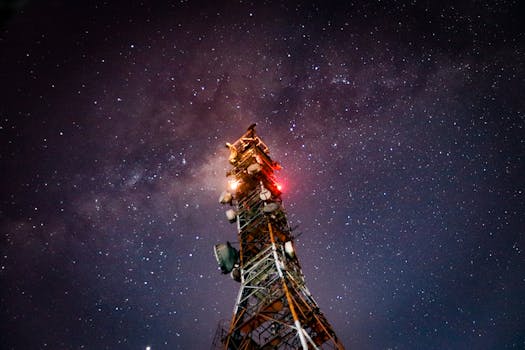MEO Satellites: Revolutionizing Global Communication with Medium Earth Orbit Technology

MEO Satellites: Revolutionizing Global Communication with Medium Earth Orbit Technology
Medium Earth Orbit (MEO) satellites are a type of satellite that operates at an altitude of around 2,000 to 36,000 kilometers above the Earth’s surface. This is in contrast to Geostationary Orbit (GEO) satellites, which are parked at an altitude of approximately 36,000 kilometers, and Low Earth Orbit (LEO) satellites, which orbit at an altitude of around 160 to 2,000 kilometers.
Introduction to MEO Satellites

MEO satellites offer several advantages over traditional GEO satellites, including lower latency, higher bandwidth, and improved signal strength. These advantages make MEO satellites an attractive option for a wide range of applications, including telecommunications, navigation, and Earth observation. One of the key benefits of MEO satellites is their ability to provide global coverage with fewer satellites than GEO systems. This is because MEO satellites have a larger footprint on the Earth’s surface, allowing them to cover more area with fewer satellites.
How MEO Satellites Work

MEO satellites use a combination of radio frequency (RF) and microwave signals to communicate with Earth-based stations. The signals are transmitted from the satellite to a network of ground stations, which then forward the signals to their final destination. MEO satellites are typically used for applications that require high-bandwidth, low-latency communications, such as video conferencing, online gaming, and cloud computing. The use of MEO satellites also enables the provision of broadband internet services to remote and underserved areas, where traditional fiber-optic or cable-based internet services are not available.
Applications of MEO Satellites

MEO satellites have a wide range of applications, including telecommunications, navigation, Earth observation, and scientific research. In the telecommunications sector, MEO satellites are used to provide broadband internet services, as well as voice and data communications. Navigation systems, such as GPS and GLONASS, rely on MEO satellites to provide location information and timing signals. Earth observation satellites use MEO orbits to collect data on the Earth’s climate, weather patterns, and natural resources. Scientific research satellites in MEO orbits are used to study the Earth’s magnetosphere, the solar wind, and the cosmic microwave background radiation.
Future of MEO Satellites

The future of MEO satellites looks promising, with several new constellations and systems planned for launch in the coming years. One of the most significant developments is the launch of the O3b constellation, which will provide high-speed, low-latency internet services to underserved areas around the world. Other planned constellations include the Amazon Kuiper System and the OneWeb constellation, which will provide global broadband internet services. As the demand for high-bandwidth, low-latency communications continues to grow, MEO satellites are likely to play an increasingly important role in meeting this demand.
See more:






